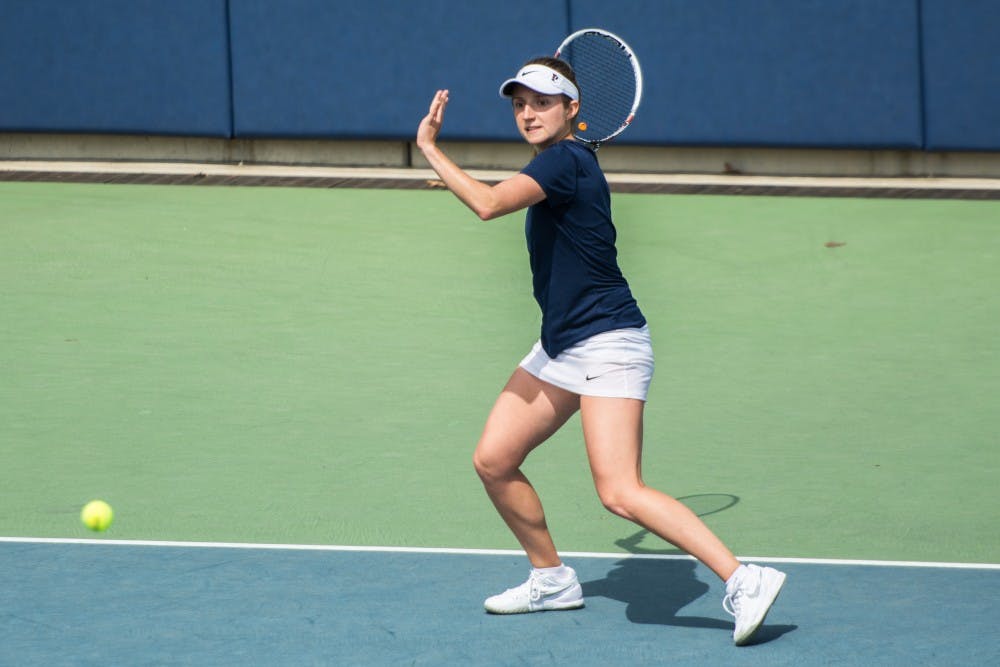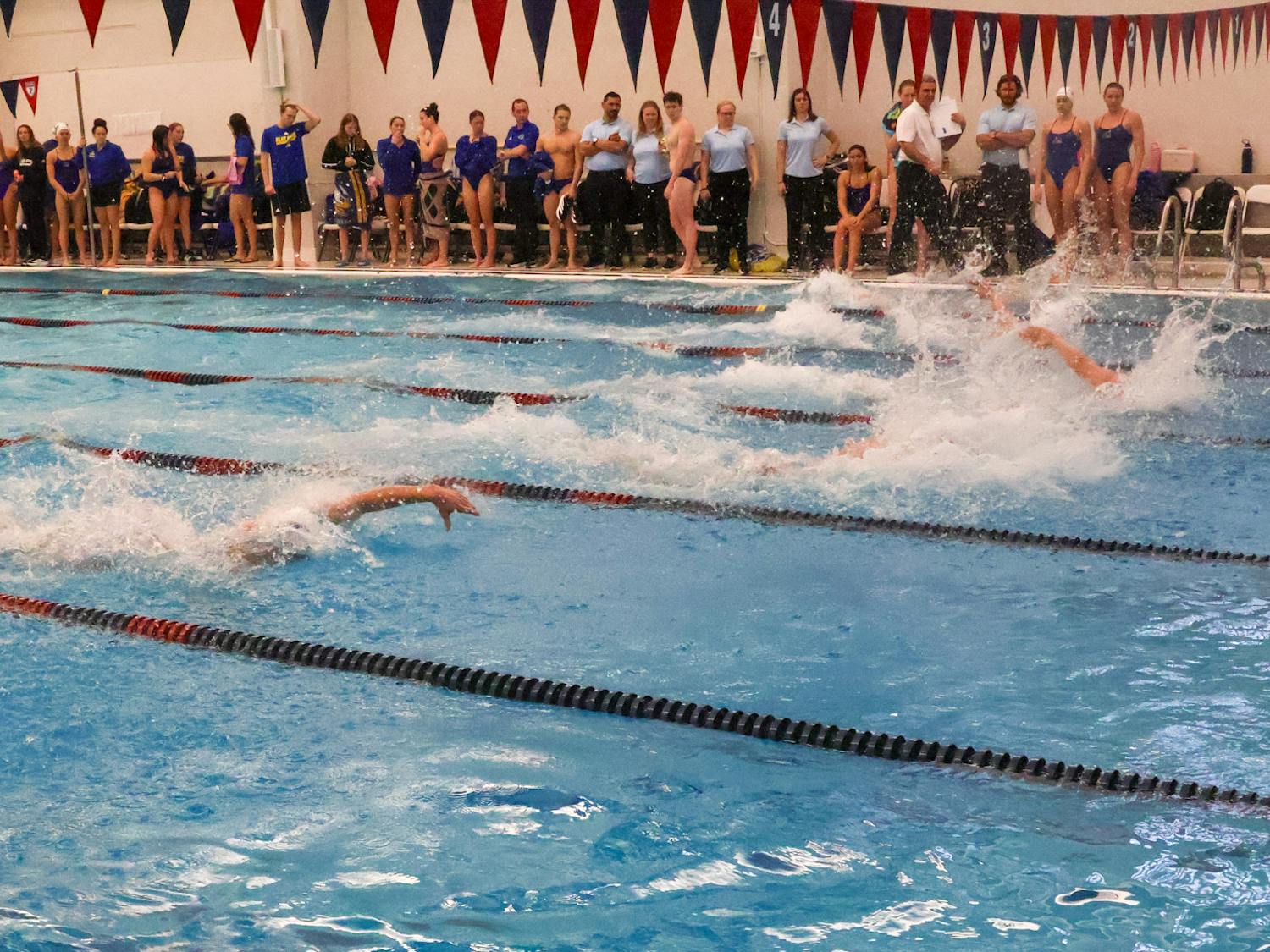Tennis is not as popular in the United States as football, basketball, or baseball.
“Don’t tell that to Serena [Williams],” Penn women’s tennis coach Sanela Kunovac quipped.
Historically, Penn tennis has not been as celebrated as some of the other sports, such as football and basketball.
But on the other side of the globe, European players have long dominated on the tennis court. Penn men’s and women’s tennis have taken advantage of this by bringing in international recruits from a broad range of countries, including Croatia, Poland, Russia, Germany, and Italy.

Penn women's tennis coach Sanela Kunovac (File Photo)
For Kunovac's team, those recruits have often come from the same international background as her. All told, four of the 10 women on the roster are international. A fifth, senior and DP staffer OJ Singh, hails from India but attended high school in the United States. The men's team features three foreign-born players of the 13 athletes on the roster.
Kunovac, a former Penn tennis player herself, is Croatian. Having come to the States at the age of 13 with hopes of becoming a full-time professional player, Kunovac knows first hand that talents can be found overseas.
So what do the international Quakers have to say about tennis in the United States?
RELATED:
Singh | I'm a Penn athlete and we shouldn't be paid. Here's why.
Penn coasts past short-handed St. John's in final nonconference matchup
Sophomore Marija Curnic of the women’s team also hails from Croatia. For Curnic, it was a daunting task to balance practice with academics, especially because she began to travel frequently to play in tournaments or for her national team when she was 12.
“I would study while I was traveling, but it was kind of challenging,” Curnic said. “I would [be] in class with other people who aren’t athletes, so it wasn’t made for me to adjust my school schedule based on tennis. Here [at Penn], the school is far more understanding about it.”
Curnic notes that back in Croatia, the conditions for practicing tennis were also less than ideal.
“At Penn, I feel like I have everything to be successful,” she said. “Back home, we didn’t even have indoor facilities to practice in. I would usually practice outdoors, [even when] it was freezing cold — and with old tennis balls.”
Curnic’s teammate, senior Marta Kowalska, also described similar concerns about tennis in her native Poland.

“Everything was scattered: my school was in one part of the city and the tennis courts were in another,” she said. “I had to travel across the entire city just to get to practice, which wasted so much time. Sometimes [at Penn] I might complain when I have to walk 20 minutes from class to the tennis courts, but it’s nothing compared to what I had to go through [in Poland].”
Coming to play for Penn tennis marked a major change for Curnic and Kowalska, whose previous trainings had mostly been on a one-to-one basis.
“Back home, it was so hard [to find people to play with],” Kowalska said. “There was one girl who I would train with every day. Sometimes I had to play with guys who had different styles, so that was not as helpful to my tennis.”
Penn men’s tennis player Dmitry Shatalin, a senior from Moscow, thinks that this transition has helped him become more independent on and off the court.
“[In Moscow,] training was obviously more intense and more personalized," he said. "Everything was kind of put on the table, so I had a clear idea of where I had to be every week. But at Penn, with 14 of us [on the team], suddenly I had to take care of everything on the tennis court. As much as it can be tailored, the athlete himself has to learn to make crucial decisions and be mentally tough.”

Senior Dmitry Shatalin (File Photo)
In addition to less customization at Penn, Shatalin has also found less time for training due to classes and being a TA for two engineering courses. Having practiced six to seven hours daily back in Russia, his practices are now more focused on quality rather than quantity.
“At one point, I started to accept that two hours a day was the most I could afford [to train],” Shatalin said. “So I trained really intensively, and [was] very focused on every shot. This made me appreciate and put maximum effort into every moment I have on the court.”
The three student athletes all feel that they have benefitted massively from a team setting. Shatalin, in particular, enjoys both the competitiveness and supportiveness of his teammates.
The international influence has even affected the teams' cultures, with the women's team opting for a more European-sounding workout playlist. But despite the differences in nationality, the Quakers are united in tennis.









